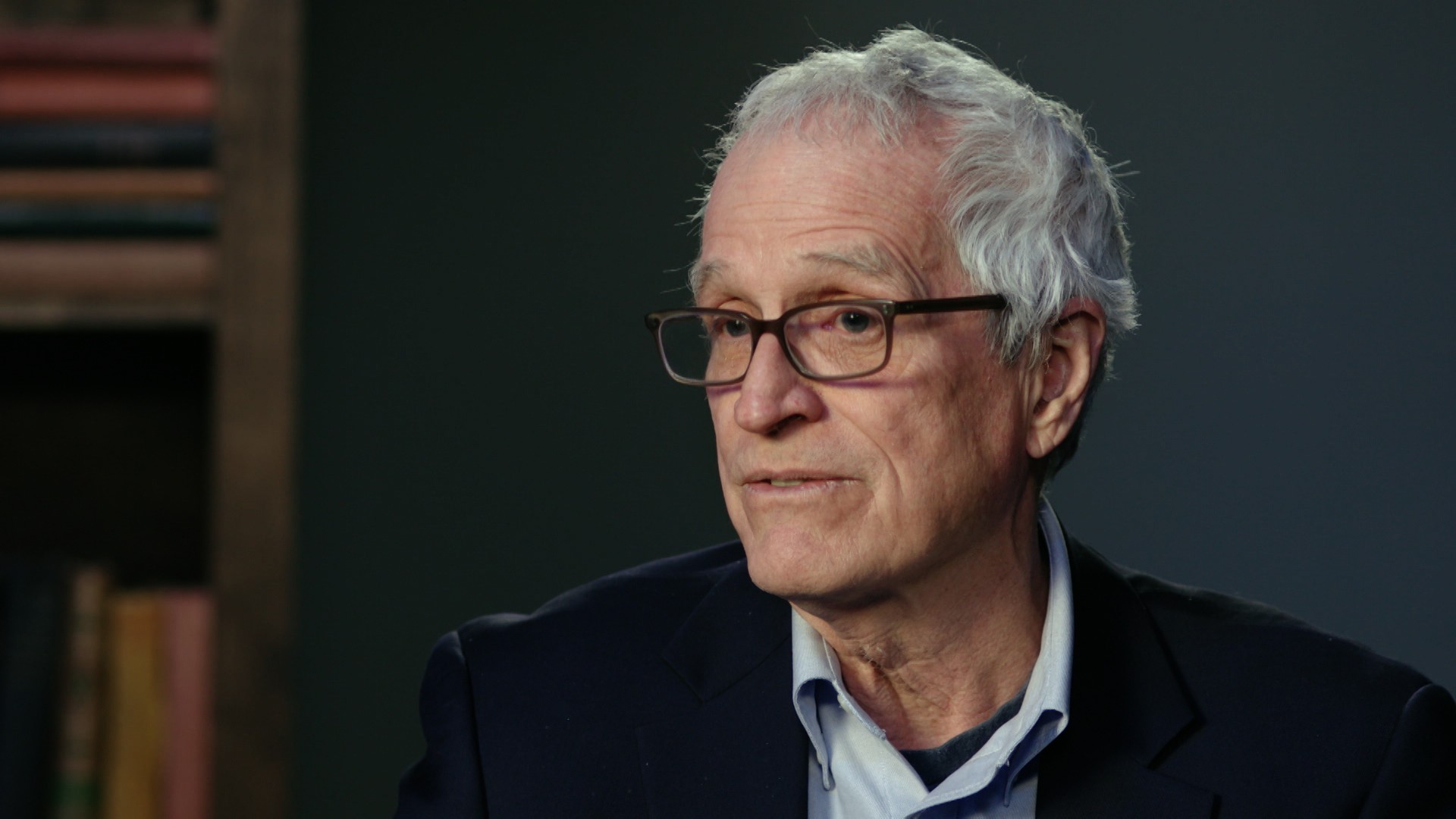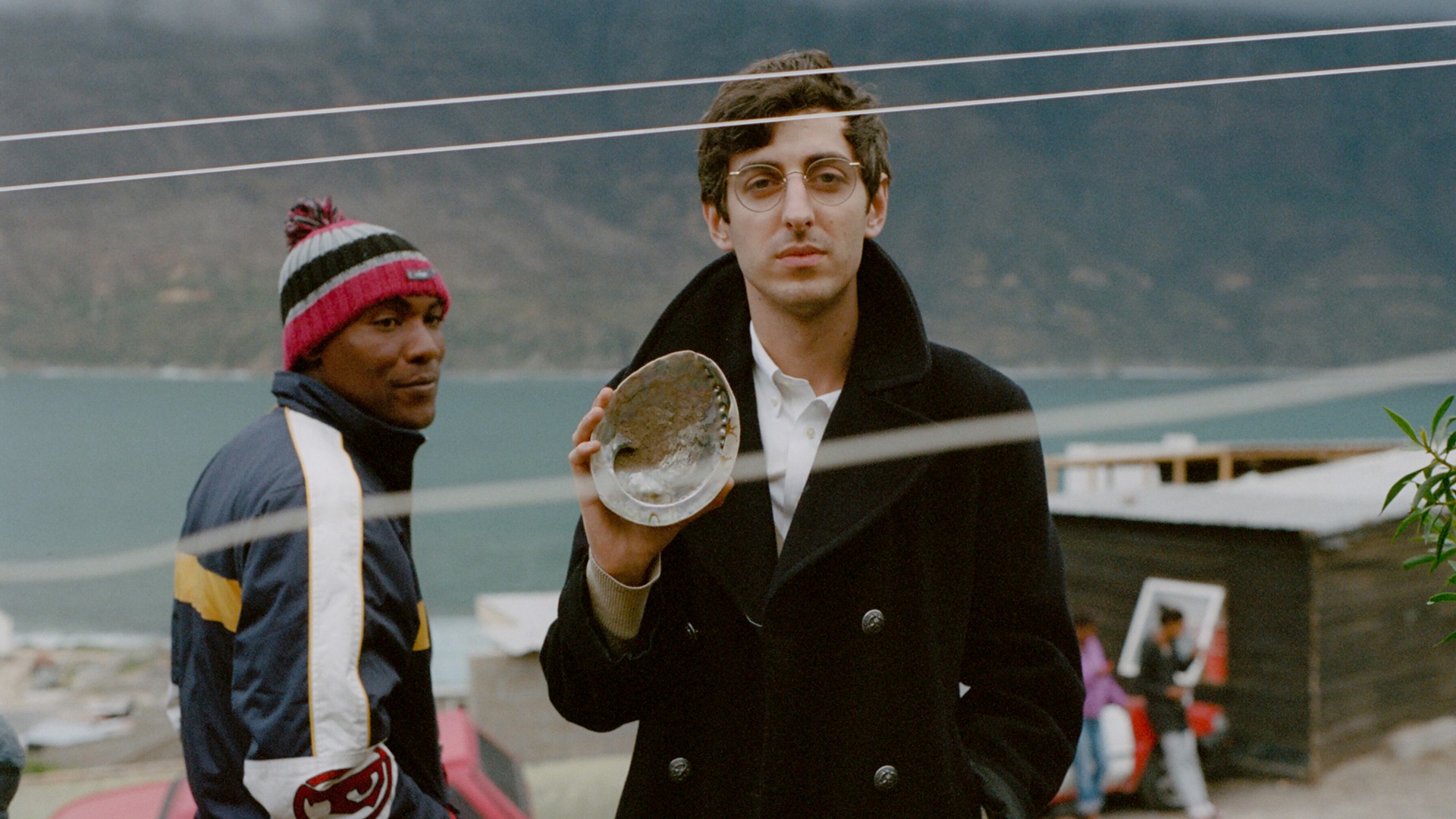The opioid crisis continues to devastate the United States and Canada, the coverage of which can be seen in copious headlines and on the news on a near daily basis. Lesser known is that Africa has an opioid crisis of its own, albeit featuring a different pharmaceutical villain. Many Africans have become dependent on a pain pill called tramadol, which is milder than Oxycontin, though it can still get users quite high. The opioids of abuse in America are highly regulated, but in Africa nearly anyone can get tramadol—and not just from street hawkers, but from legitimate pharmacists.And there’s another distressing wrinkle: In Africa, the affected population are largely children.“It's easier to ask who in our state schools is not taking kobolo,” a music teacher in the country of Gabon recently told Kenya’s Capital News, referencing a slang term for tramadol, adding that her students start taking it as young as 12. The former director of the drug enforcement agency in Nigeria estimated in 2016 that seven in ten boys in northern states were abusing drugs like tramadol. Nigeria is by far Africa’s most populous country, and the problem is particularly acute there. “About three years ago I started noticing that a lot of people would come and ask for it without prescription, especially young people, young boys and girls,” Oluwatosin Fatungase, a Nigerian pharmacist and youth counselor, told VICE. “I was wondering, ‘Why is everybody coming to look for tramadol?’”African authorities have tended to focus on marijuana, the traditional drug of choice in many countries on the continent, where it often grows wild. Drugs like cocaine can be hard to come by, and are expensive when found. But pills of tramadol—which are made by the boatload in Indian factories and distributed in Africa through both legal and illegal channels—are incredibly cheap, roughly 30 cents for a pack of ten. “If you’re a drug distributor, what you want is something cheap that can easily to cross borders, that has a broad, desirable effect profile and that you can make money off of quickly, with little risk,” said England-based addiction specialist Adam Winstock, who runs the research company Global Drugs Survey. “Tramadol ticks all of the boxes.”Kids like them because they’re discreet (no smoking required), and can be taken between classes. “When you ask young people why they take it, they say ‘to get high,’ or ‘it makes me work longer,’ or ‘I can have sex for many hours,’” Fatungase told VICE. “But they are not looking at the side effects. They go into a coma and they die. It’s really alarming and heartbreaking.”In Africa, tramadol is causing massive amounts of deaths, overdoses, and lives derailed, as well helping fund the efforts of ISIS. (It’s also believed to be a favorite of Boko Haram fighters.) The crisis has escalated so quickly death statistics aren’t yet available, not even from Bawa’s own organization, which is otherwise the world’s foremost authority on drug abuse. “We don’t have enough information to reply to your questions,” one of the organization’s West and Central Africa representatives, Hélène Moussou, told VICE. “Contact us around the end of November, or early December.”“The problem has, in my opinion, reached beyond the fentanyl-type epidemic we are witnessing in North America,” Jeffrey Bawa, program officer for the United Nations Office on Drugs and Crime’s Sahel Programme, told CNN late last year. “The difference being that this is affecting the most vulnerable countries of the world.”But the anecdotal evidence is overwhelming. In Egypt, in March 2017, nearly 70 percent of people in rehab were there for tramadol. In Cameroon, the level of addiction can best be understood through a bizarre herbal medicine story: in 2013, scientists believed they’d discovered that a plant called Nauclea latifolia naturally produced Tramadol. Instead, it turned out that farmers there were using it in such large quantities, and gave so much to their cattle—so both could work harder in the hot sun—that their waste got into the soil and was being absorbed by the plants.Tramadol was first developed in the early '60s by a scientist named Kurt Flick from the German pharmaceutical company Grünenthal. It wasn’t brought to market as a pain medication until 1977, however, by another Grünenthal chemist, Ernst-Gunther Schenck, who believed it would be a milder, less addictive substitute for traditional opioids.
Nigeria is by far Africa’s most populous country, and the problem is particularly acute there. “About three years ago I started noticing that a lot of people would come and ask for it without prescription, especially young people, young boys and girls,” Oluwatosin Fatungase, a Nigerian pharmacist and youth counselor, told VICE. “I was wondering, ‘Why is everybody coming to look for tramadol?’”African authorities have tended to focus on marijuana, the traditional drug of choice in many countries on the continent, where it often grows wild. Drugs like cocaine can be hard to come by, and are expensive when found. But pills of tramadol—which are made by the boatload in Indian factories and distributed in Africa through both legal and illegal channels—are incredibly cheap, roughly 30 cents for a pack of ten. “If you’re a drug distributor, what you want is something cheap that can easily to cross borders, that has a broad, desirable effect profile and that you can make money off of quickly, with little risk,” said England-based addiction specialist Adam Winstock, who runs the research company Global Drugs Survey. “Tramadol ticks all of the boxes.”Kids like them because they’re discreet (no smoking required), and can be taken between classes. “When you ask young people why they take it, they say ‘to get high,’ or ‘it makes me work longer,’ or ‘I can have sex for many hours,’” Fatungase told VICE. “But they are not looking at the side effects. They go into a coma and they die. It’s really alarming and heartbreaking.”In Africa, tramadol is causing massive amounts of deaths, overdoses, and lives derailed, as well helping fund the efforts of ISIS. (It’s also believed to be a favorite of Boko Haram fighters.) The crisis has escalated so quickly death statistics aren’t yet available, not even from Bawa’s own organization, which is otherwise the world’s foremost authority on drug abuse. “We don’t have enough information to reply to your questions,” one of the organization’s West and Central Africa representatives, Hélène Moussou, told VICE. “Contact us around the end of November, or early December.”“The problem has, in my opinion, reached beyond the fentanyl-type epidemic we are witnessing in North America,” Jeffrey Bawa, program officer for the United Nations Office on Drugs and Crime’s Sahel Programme, told CNN late last year. “The difference being that this is affecting the most vulnerable countries of the world.”But the anecdotal evidence is overwhelming. In Egypt, in March 2017, nearly 70 percent of people in rehab were there for tramadol. In Cameroon, the level of addiction can best be understood through a bizarre herbal medicine story: in 2013, scientists believed they’d discovered that a plant called Nauclea latifolia naturally produced Tramadol. Instead, it turned out that farmers there were using it in such large quantities, and gave so much to their cattle—so both could work harder in the hot sun—that their waste got into the soil and was being absorbed by the plants.Tramadol was first developed in the early '60s by a scientist named Kurt Flick from the German pharmaceutical company Grünenthal. It wasn’t brought to market as a pain medication until 1977, however, by another Grünenthal chemist, Ernst-Gunther Schenck, who believed it would be a milder, less addictive substitute for traditional opioids. During World War II, Schenck served as a doctor for the S.S., and became Nazi royalty. He bunkered down with Hitler and Eva Braun at the very end, before being captured by the Red Army. Though he is believed to have tested an “experimental protein sausage” on concentration camp prisoners, killing many in the process, he was never prosecuted as a war criminal, though he was barred from medicine. He was nonetheless given a job by Grünenthal and lived out his days in Germany.As for his claim that tramadol was safe, many agreed. It wasn’t scheduled in the U.S. until 2013, and only then as a schedule IV drug (“low potential for abuse.”) The World Health Organization’s drug committee has steadfastly recommended that it remain unregulated internationally, so that it is readily available for legitimate medical use in Africa, where suffering patients tend to lack access to narcotic pain medication. Even as the reports of widespread African tramadol abuse have emerged, the committee’s advisors have held their ground.“No, we are not reconsidering our decision,” Marie Nougier, Head of Research and Communications for the International Drug Policy Consortium, told VICE. Last year the group formally recommended against tramadol’s scheduling.Nougier continued: “Scheduling of tramadol in Africa would probably have a very limited impact on use, but create a huge and uncontrollable black market for the substance, and would most probably have a significant impact on the availability of tramadol for medical purposes.”African governments don't seem clear on how to address the problem either. “[T]he silence of health authorities is deafening,” the director of a state-run hospital in Gabon told Kenya’s Daily Nation. Nigeria has seized millions of the pills, and promised to mount a large public awareness campaign.In the meantime, the tramadol epidemic continues to ravage youth populations throughout the continent. And while the drug is often portrayed as a party lubricant, it’s quite possible it’s serving another function entirely. The Global Drug Survey’s Adam Winstock suggested high rates of poverty and other societal ills throughout Africa had left millions of young people with trauma or even PTSD, and that they may be turning to tramadol to cope. “Lots of patients describe opioids as basically the best antidepressant in the world,” he said. “Like being wrapped up in an emotional cotton ball.”Correction: An earlier version of this story implied that naloxone—often used to reverse opioid overdoses—benefits people suffering from tramadol overdoses. This is not believed to be the case. We regret the error.Ben Westhoff is the author of an upcoming book on fentanyl and the opioid crisis, for Grove/Atlantic.
Sign up for our newsletter to get the best of VICE delivered to your inbox daily.
During World War II, Schenck served as a doctor for the S.S., and became Nazi royalty. He bunkered down with Hitler and Eva Braun at the very end, before being captured by the Red Army. Though he is believed to have tested an “experimental protein sausage” on concentration camp prisoners, killing many in the process, he was never prosecuted as a war criminal, though he was barred from medicine. He was nonetheless given a job by Grünenthal and lived out his days in Germany.As for his claim that tramadol was safe, many agreed. It wasn’t scheduled in the U.S. until 2013, and only then as a schedule IV drug (“low potential for abuse.”) The World Health Organization’s drug committee has steadfastly recommended that it remain unregulated internationally, so that it is readily available for legitimate medical use in Africa, where suffering patients tend to lack access to narcotic pain medication. Even as the reports of widespread African tramadol abuse have emerged, the committee’s advisors have held their ground.“No, we are not reconsidering our decision,” Marie Nougier, Head of Research and Communications for the International Drug Policy Consortium, told VICE. Last year the group formally recommended against tramadol’s scheduling.Nougier continued: “Scheduling of tramadol in Africa would probably have a very limited impact on use, but create a huge and uncontrollable black market for the substance, and would most probably have a significant impact on the availability of tramadol for medical purposes.”African governments don't seem clear on how to address the problem either. “[T]he silence of health authorities is deafening,” the director of a state-run hospital in Gabon told Kenya’s Daily Nation. Nigeria has seized millions of the pills, and promised to mount a large public awareness campaign.In the meantime, the tramadol epidemic continues to ravage youth populations throughout the continent. And while the drug is often portrayed as a party lubricant, it’s quite possible it’s serving another function entirely. The Global Drug Survey’s Adam Winstock suggested high rates of poverty and other societal ills throughout Africa had left millions of young people with trauma or even PTSD, and that they may be turning to tramadol to cope. “Lots of patients describe opioids as basically the best antidepressant in the world,” he said. “Like being wrapped up in an emotional cotton ball.”Correction: An earlier version of this story implied that naloxone—often used to reverse opioid overdoses—benefits people suffering from tramadol overdoses. This is not believed to be the case. We regret the error.Ben Westhoff is the author of an upcoming book on fentanyl and the opioid crisis, for Grove/Atlantic.
Sign up for our newsletter to get the best of VICE delivered to your inbox daily.
Advertisement

Advertisement
Advertisement

Advertisement
